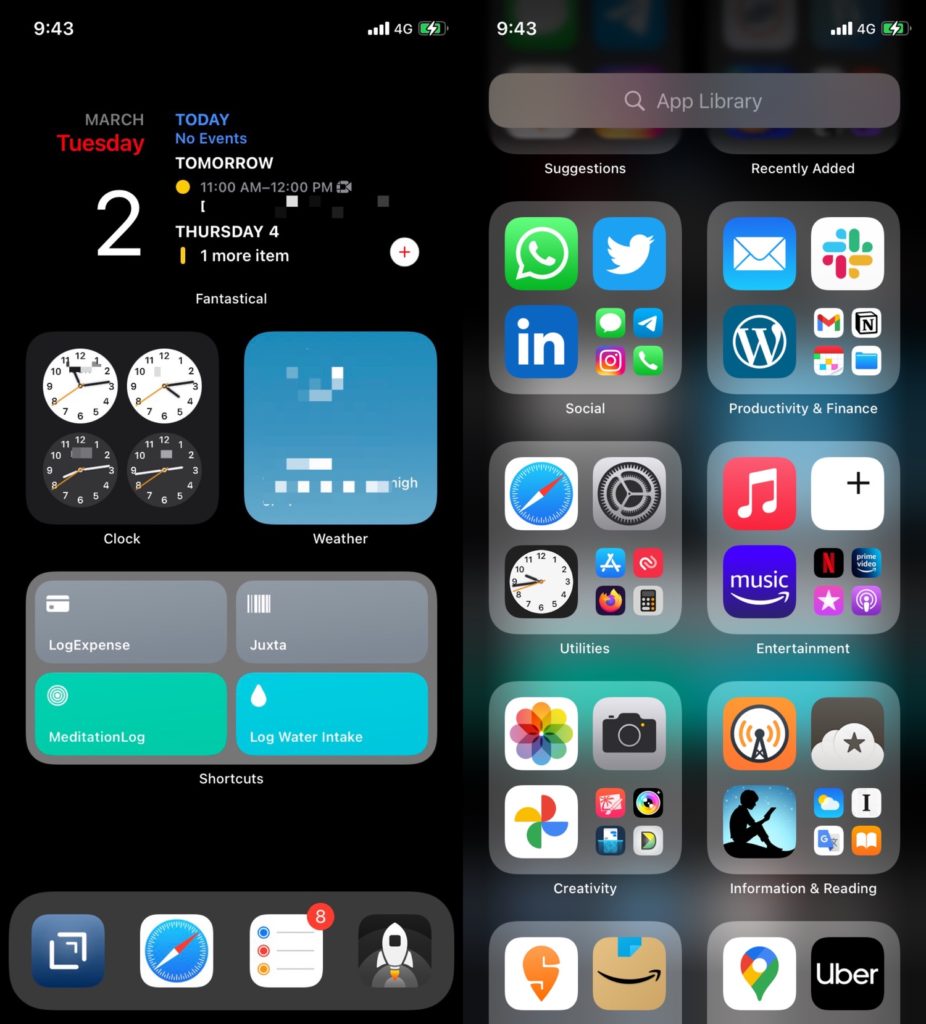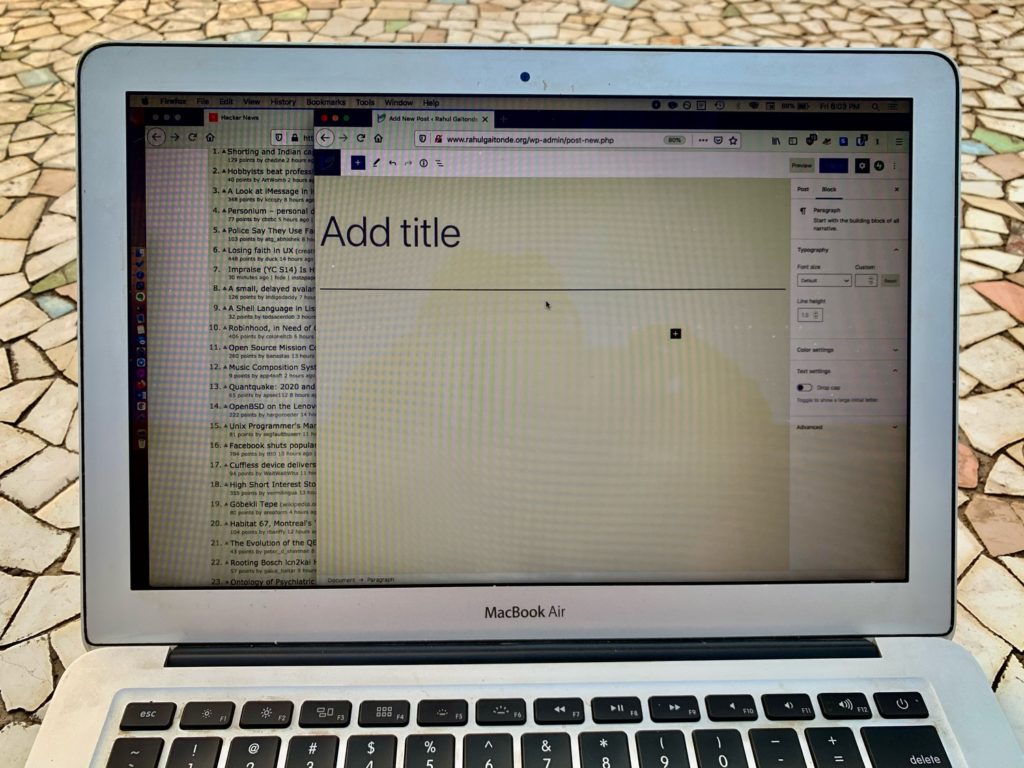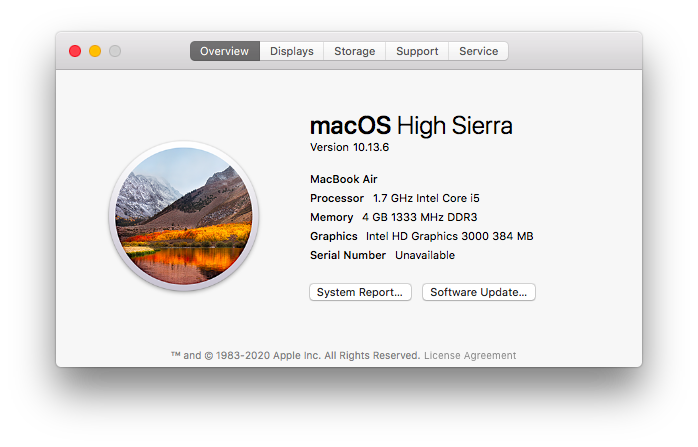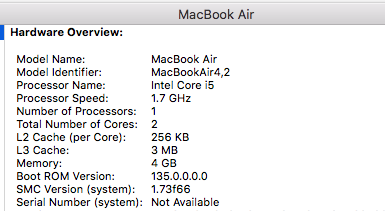This New York Times article talks to people who own bitcoin but cannot access them because they’ve forgotten the keys to their bitcoin wallets. Some of these people have all but lost thousands of bitcoin, which are worth hundreds of millions of dollars today. I personally know someone who was gifted a hundred or so bitcoin when they were worth a dollar each, and has since been unable to recall how to access them.
The genius of bitcoin – and therefore the problem – is that has no issuer, like a central bank. Inherently, there is no equivalent of a bank account that holds bitcoin, and no bank that you can visit or call to have your password restored. It is as decentralised as the Internet is, and people have over and over extolled bitcoin as being able to be your own bank.
But one man’s freedom is another man’s overhead. As more people hold bitcoin and other cryptocurrency, they will turn to entities to manage it for them. Specialised cryptocurrency custodial services have existed for years now, and mainstream financial institutions like Fidelity already offers it. J P Morgan is seriously evaluating it; a solution from the 130 year old Northern Trust is pending approval. It’s likely that between new and old world financial entities, most cryptocurrency will be held in custody like more traditional securitised assets.
Digitally-native things are alike in this regard. You can own them if you like, but it’s a lot easier to have a third party hold them in custody for you.
Twenty years ago it was highly uncommon for the entity that gave you your email address to give you any sort of storage service for your email. You’d download your email to your computer through POP3 and it’d be wiped off the email provider’s servers . You truly owned your email – and were responsible for it. Today most people don’t even have a email client on their laptops or desktops, preferring to use web-based email with data stored entirely online. Even the email app on your phone doesn’t store all email offline, only the most recent. Your email provider is also your email custodian.
IRC messaging was similar. Many private/hobbyist IRC servers simply didn’t have the capacity to store chats. It was your IRC client stored chat logs offline, limited only by your computer’s hard drive size. But today, chat apps like Facebook Messenger and Whatsapp store chat logs entirely online, even if they claim they are end to end encrypted.
In the early days of digital cameras – the 1990s and 2000s, your photo library would exist solely on your hard drive. You had total control over the import and organisation of your photos – and consequently had total responsibility. My desktop machine crashed in 2008, leaving me with no photos from before that time – a terrible loss. Now, chances are you use either iCloud Photos or Google Photos for the massive amounts of photos your phone takes, and leave organisation to their AI while paying for online storage. They are your photo and memory custodians.
Finally, your documents, contacts, calendars all have online custodians, usually but not always Apple or Google. This is even though you could store them on your hard drive or self-host your sync server, it’s just too much work for most people.
Whether we realise it or not, whether we like it or not, we live in the Custodial Internet. We pay our custodians in cash or in data, often both.
Like people will doubtless do with bitcoin, we should evaluate custodians for our other data carefully. That data holds our relationships, our memories, our creative output, our wealth, our plans – in sum, our life.









